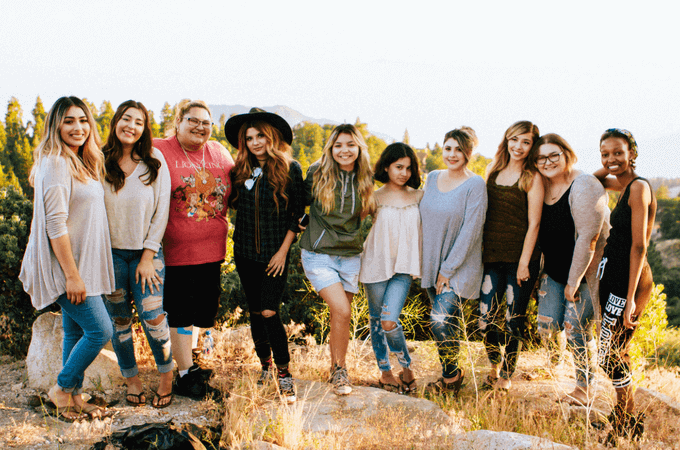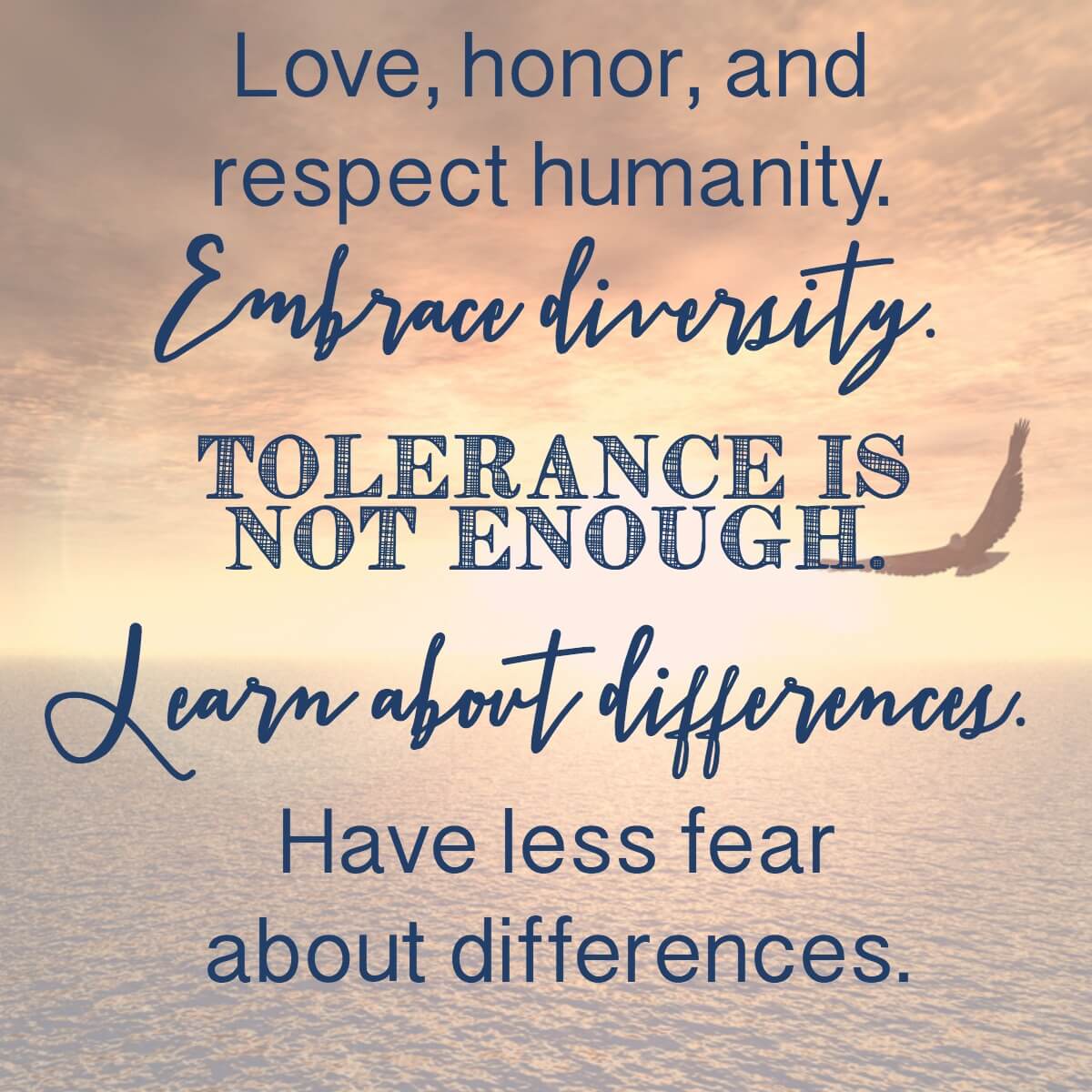I’m frozen reading about another person of color shot by police officers. I’m frozen yet my mind is hot, angry, and scared. “Not again…NO! Not again.” Then my thoughts drift to the life-changing split second when a trigger was squeezed, gunpowder exploded, and thick life-giving blood drained out onto the filthy asphalt… In those moments a mother, who was a lot like me, shattered into a million pieces. I imagine when some of those pieces come back together…she will be a very different person.
Stories flood the news. African-American man shot by police. African-American man dies in police custody. Unarmed African-American child playing with a toy in the park – shot dead by police. And the stories that haven’t flooded the news are the stories of African-American women dying directly at the hands of the police or subsequently in police custody.
More recently, we’ve seen the racists and nazis emboldened in Charlottesville. (Please know that this video is long, and difficult to watch. It is filled with violence, threats of violence, and racist language.)
As this happens, we white folks feel bad or maybe we get angry. But all too often we then we go on about our day. Because we can.
Or maybe we even think it’s wrong, it’s bad – but we just simply don’t know what to do. We feel helpless, but then we go about our day. Or we are afraid to “stir something up.” So we end up doing nothing. Because we don’t have to.
The day has come when many have realized that we can no longer remain silent without becoming complicit. Fortunately, there are ways that we can impact social justice daily.
And deep at the heart of all the media noise – I grieve the most for the women. These mothers, grandmothers, sisters, aunts, wives, daughters who are all now irretrievably shattered by the loss of their loved ones. I think of the exhilaration in the moments when this now broken mother welcomed her wrinkled new baby into the world. Maybe she lay skin to skin with him and breathed in his beautiful new baby scent? Maybe she wept tears of joy as she gently stroked his head and sang to him? But as a mother, one thing I know – she immediately loved her baby fiercely. Just like me.
And now I imagine that her tears flow abundantly and burn hot with rage and anguish at the people responsible for her baby’s death. She burns with agony at a society that doesn’t care or won’t do anything about it. Because her child’s life had no value to them. No different than a worthless bag of trash.
What went horribly wrong after mother and child began their life’s journey together? It’s a complex and tangled web… But at its center – her baby came into a world that viewed him or her as dangerous…even denied their very humanity – simply because of skin color. A color out of a crayon box.
I spent years as a civil rights attorney, but chose to stay home after my first son was born. So now what can I do? I don’t feel like I’m “in the ring” anymore. I spent hours struggling to figure out if there is really anything I can do. And then it hit me. Wait a blessed minute…I’m doing the most important job in the world, raising tiny humans to affect the future…to spread their ideas and share themselves with the world. That’s it!
My children, your children, OUR children can be an instrumental part of making the future better – but only if we teach them how! Don’t get me wrong, I’m not under some naive illusion that talking to our children about race is going to end racism. Making things “better” doesn’t fix racism or eliminate what’s been institutionalized – but it’s better. And better is good. Children who learn better can go into the world being conscious of institutionalized racism and be empowered to fight against it.
So in that moment, I decided never to teach my children racial tolerance. Here’s why I won’t teach my children racial tolerance and what I’m doing instead.
Why Teach Children About Race At All? Don’t Kids Just Get It?
It came to my attention that white families don’t have conversations to teach children about race the first time I read NutureShock: New Thinking About Children by Po Bronson and Ashley Merryman. I hadn’t even considered it before. I just assumed that if we were nice to everyone, didn’t make any distinctions, the boys would see us modeling non-racist behavior and would just “get it.” Apparently, other white parents think that too. If I just raise a “nice” boy, that will take care of it.
So here’s the deal. It doesn’t work. All children naturally classify people and things. The idea of teaching children that “we are all the same” or “color doesn’t matter” just isn’t true and it negates the life experiences of people of color. And if we are the sum of our life experiences, then teaching that “color doesn’t matter” negates who people of color are.
The fact is we aren’t all the same and color does matter. From an evolutionary standpoint, others who looked like you were assumed to be “safe.” So children don’t “just get it” when left to their own devices. Children need to be taught that others who don’t look like them are not only safe, but valuable.
“For decades, we assumed that children will only see race when society points it out to them…However, child development researchers have increasingly begun to question that presumption. They argue that children see racial differences as much as they see the difference between pink and blue – but we tell kids that “pink” means for girls and “blue” is for boys. “White” and “black” are mysteries we leave them to figure out on their own,” argue authors and .
The more I thought about it – why would children “just get it?” Sheesh! When my son was younger, I had to explain to him why he couldn’t throw his food on the floor – of course children don’t just “get it!”
Teach Children Racial Tolerance? Why It’s Not The Answer
According to Merriam-Webster, tolerance is defined as:
…2a : sympathy or indulgence for beliefs or practices differing from or conflicting with one’s own
2b : the act of allowing something : toleration
3: the allowable deviation from a standard; especially : the range of variation permitted in maintaining a specified dimension in machining a piece
4a (1) : the capacity of the body to endure or become less responsive to a substance (as a drug) or a physiological insult especially with repeated use or exposure…
So when we teach racial “tolerance,” we teach our children to endure other races. We teach our children to allow other races to exist. We teach our children that white is the standard and other races deviate from our standard. Teaching tolerance teaches that we have the power and superiority over other races to allow their mere existence.
And so if we’re teaching racial tolerance…let’s face it…we’re doing more harm than good. Teaching children racial tolerance of people who are different is no longer good enough and it’s actually harmful. It can no longer be the standard.
[bctt tweet=”Teaching children racial tolerance is a huge part of the problem and here’s an alternative. #EndRacism #racialtolerance”]
What I Want to Teach Instead of Racial Tolerance
Diversity is a positive thing. I don’t know about you – but I don’t want to hang around 50 more me’s! Let’s make “celebrate diversity” more than just a slogan. As mothers, let’s join together and teach children the value of diversity, the value of different cultures, the value of unique and different ways of doing things. It’s about teaching children the value inherent in the lives of other people.
[bctt tweet=”We need to replace tolerance with value. #blacklivesmatter #HateHasNoHomeHere” username=”@SpoilMy”]
That sounds great, but where do I start?
As parents, we naturally recognize value in all kinds of diversity…there are so many ways that we work to inject cultural diversity into our children’s lives. is an example of music that celebrates various cultures and, as parents, we clamor to buy it to expand our children’s minds. Many of us want to travel with our children to expose them to different cultures so that they can better understand people who are different from them, and appreciate various cultures and ways of doing things that are different from their own. While we academically recognize the value in diversity, we’ve forgotten that America is the original land of diversity. The diversity we want our children to appreciate and value can often be found right in our hometown!
One way to start exploring and truly appreciating diversity right here at home – is to start a conversation. A simple, complex, messy, sloppy, conversation. And have them often. Exercise your race conversation muscle. Wrestle with tough ideas. What if we remarked regularly on various aspects of race? What if we routinely asked our children hard questions like “What do you think it feels like for Andrew being the only boy of color at the party?” “What do you think it might feel like for Sandra and her family to be the only people of color at a restaurant or at a movie?” or “Derek’s mother told me that a stranger at the mall touched her hair! What would you think if a stranger walked up to you or me and touched our hair?” and “How would you feel if you were the only white boy at a party?” What if we ask “Do you think people of color can be doctors or businessmen or judges?”
Final Thoughts on Teaching Racial Tolerance
The more that we imagine ourselves and our friends as that shattered mother, the more we can realize that we are capable of doing much more. It’s no longer a matter of not knowing better. And we must strive to do better. As mothers, we must be courageous enough to take the first step. As mothers, as women, I know this is our calling. We can do this!
I challenge you to start that conversation with your child today!
I’d love for you to let me know what you teach your children about race and diversity, how you go about it, or if you’ve even started a dialog yet? Join me on Facebook or Twitter and let me know your thoughts!





